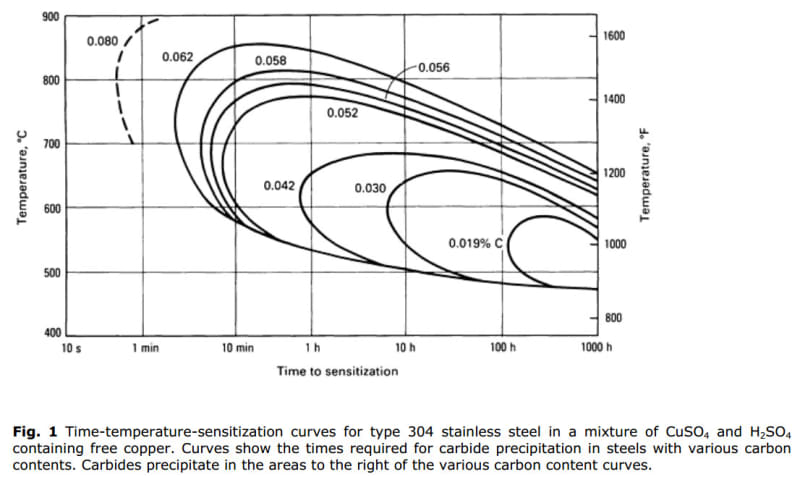honourable
Mechanical
- Jan 16, 2018
- 2
Dear sirs,
There is vessel with hydrogen service with material of sa 516 70 normalized with thickness more than 50 mm. We have 3mm clad of SS 304L (carbon content less than 0.02%).
It seems that heat treatment is necessary due to thickness and service. Vendor wants to use furnace for pwht. Our small nozzles(2 inches) are solid stainless. The question is that these nozzles must be welded before furnace or vessel must go to furnace without these nozzles and shall be locally pwht after furnace?in this case doesn't we have two times stress releiving which can make more probability for senthisizing?
There is vessel with hydrogen service with material of sa 516 70 normalized with thickness more than 50 mm. We have 3mm clad of SS 304L (carbon content less than 0.02%).
It seems that heat treatment is necessary due to thickness and service. Vendor wants to use furnace for pwht. Our small nozzles(2 inches) are solid stainless. The question is that these nozzles must be welded before furnace or vessel must go to furnace without these nozzles and shall be locally pwht after furnace?in this case doesn't we have two times stress releiving which can make more probability for senthisizing?

